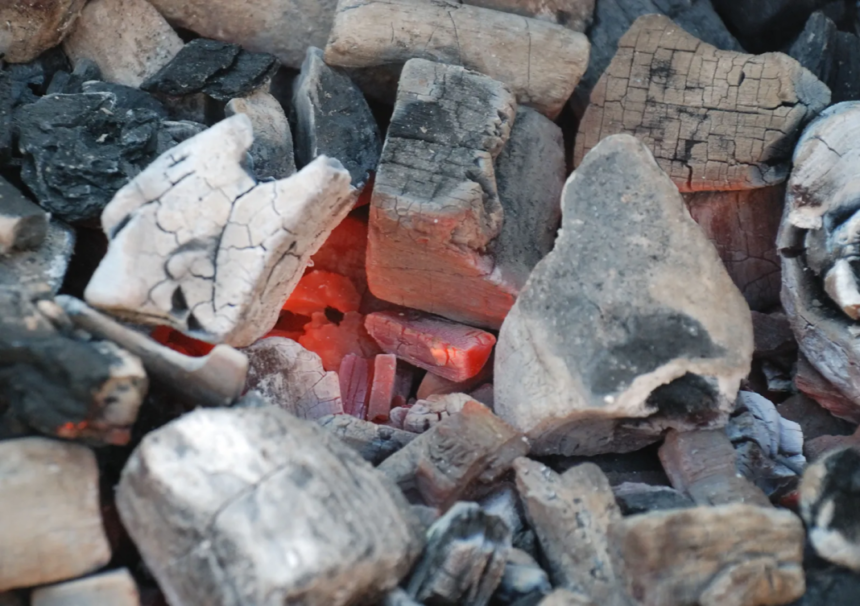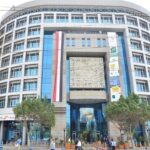Ghana’s energy transition story is one of slow but visible progress, and rising costs that threaten to stall it. Despite years of campaigns for cleaner cooking fuels, the country still burns more charcoal than ever, while Liquefied Petroleum Gas (LPG) remains out of reach for many households.
More than 60 percent of households in 11 of Ghana’s 16 administrative regions use firewood or charcoal as their primary cooking fuel. The use of LPG, though expanding, remains concentrated in urban centers such as Accra, Kumasi, and Takoradi. Rural Ghana, by contrast, continues to depend heavily on wood fuel.
Experts describe this as a “fuel stacking” culture, where families alternate between LPG and charcoal depending on affordability and availability. That affordability gap is widening fast.
Ghana’s headline inflation fell to 9.4 percent in September 2025, down from 11.5 percent in August, marking the first single-digit reading since August 2021. However, this broader decline masks sharp increases in specific commodities, particularly charcoal, whose prices have surged dramatically in recent months.
While comprehensive data on charcoal’s specific inflation contribution for September wasn’t immediately available, the commodity has been among the significant drivers of household energy costs throughout 2025. The steep rise reflects higher production and transport costs, as well as growing demand from households switching back to charcoal amid volatile LPG prices.
While LPG is cleaner and safer, it remains a middle-class commodity in much of the country. The government’s Cylinder Recirculation Model (CRM), launched in 2023, and efforts to expand gas processing and storage are aimed at improving access and safety. Ghana’s official target is to reach 50 percent LPG penetration by 2030.
Anticipated for 2025 is a modest increase in charcoal prices, with potential growth aligning closely with the national inflation rate, according to Ghana’s energy outlook projections. However, actual price movements have proven more volatile than these forecasts suggested.
Yet LPG adoption growth remains heavily urban biased. Many rural communities still lack LPG stations, cylinder exchange points, or reliable transport to refill centers. At the same time, LPG prices have been volatile, driven by global market trends and local taxes. The National Petroleum Authority (NPA) has called for tax relief on LPG to make it more affordable, but until then, charcoal remains the fallback option for most families.
The cost of this dependence extends beyond economics. Charcoal production continues to strip Ghana’s forests, depleting tree species and degrading land. In many northern and forest zone communities, charcoal burning serves as both livelihood and threat, feeding incomes today but eroding ecosystems for tomorrow.
Using polluting fuels affects the environment as well as people’s health, and it’s especially a concern for women, who often have the responsibility of cooking family meals. Household air pollution from solid fuels contributes to respiratory diseases and other health complications that disproportionately affect women and children.
Innovations like grass briquettes and “waste to wealth” biochar projects show promise, but their scale remains small compared to national demand. These alternatives could provide cleaner burning options while reducing pressure on forest resources, yet they struggle to compete with established charcoal supply chains.
Ghana’s energy mix is in transition, but not fast enough to meet its clean cooking and environmental targets. LPG adoption is growing, but charcoal still dominates, and price volatility is making the shift even harder for households already stretched by economic pressures.
The country faces a familiar development dilemma: how to accelerate the adoption of cleaner fuels when the economics keep pushing people toward traditional options. Until LPG becomes genuinely affordable and accessible across rural Ghana, the transition will remain frustratingly incomplete.
Source: newsghana.com.gh




